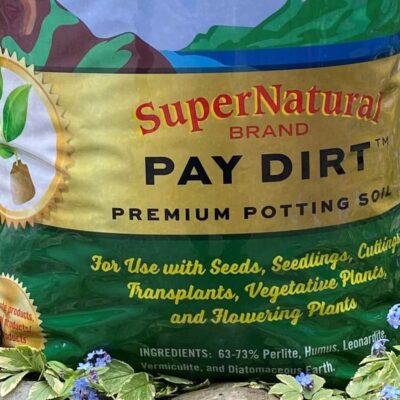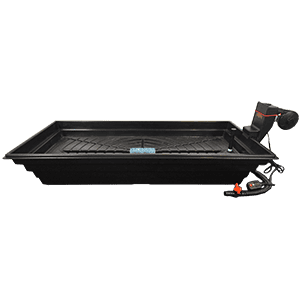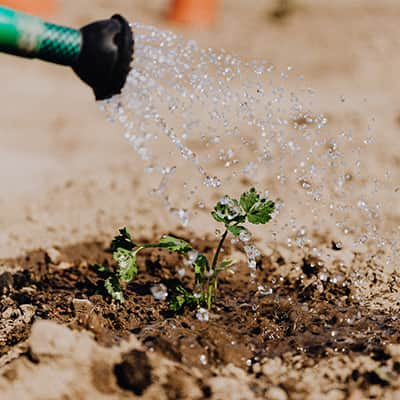Troubleshooting Common Spring Garden Challenges

When spring finally arrives after a cold winter, gardeners all over Canada are eager to hit the ground running and take advantage of the good weather. In their excitement, many will fail to consider the challenges that can set a spring garden back. In this blog, we’ll troubleshoot common issues you might face when cultivating early-season plants and explore solutions that make a difference.
Potting Soil Blindness
Low-quality soil is one of the biggest problems in early-season gardening. In the winter, leaching and erosion can cause soil to lose the plant nutrients your crops need to flourish. Furthermore, compaction and poor composition can impact moisture retention and airflow.
Before starting your garden, test your soil. Some introduce liquid or powdered nutrients without testing. However, that approach forces you to go in blind and make amendments that aren’t always beneficial. For optimal results, test the soil to understand what nutrients it needs. Use your test results to ensure your soil has the right amount of:
- Nitrogen
- Phosphorus
- Potassium
- Calcium
- Magnesium
- Sulfur
Amend the soil as necessary using compost or liquid nutrients. Alternatively, you can start from scratch and utilize premium potting soil that promotes strong, healthy growth. Options like Pay Dirt don’t require additives. The soil also offers good moisture retention and drainage to encourage robust roots.
Solving Stunted Growth with Plant Nutrients
In the early spring, many gardeners struggle to promote rapid growth. Even with high-quality potting soil that does a great job of retaining water, some plants fail to “take off,” resulting in a lackluster harvest. There are a few potential causes for this issue, including:
- A lack of sun exposure
- Poor plant choice
- Inconsistent watering
- Fungal or bacterial disease
- Inefficient room for root growth
Pay attention to each plant’s distinct needs and make changes accordingly. If your plants still aren’t growing, the problem could be a lack of fuel and nutrients. Amending your soil can go a long way. However, plants sometimes need an extra push to kickstart growth. Consider using liquid or powdered nutrients at various stages of development.
Products like Ultimate Thrive are perfect for early growth. It helps maintain an excellent root environment to encourage germination and energetic growth. Later, you can use something like Bud Blaster. Bud Blaster provides fuel at the flowering stage, facilitating dense yields.
The Curse of Overwatering and Excessive Fertilization
Many gardeners notice worrying signs like yellowing leaves, root rot, stunted growth and more when gardening in the early spring. While there are many potential causes, these are all telltale signs of overwatering or over-fertilization. Overzealous watering and feeding is common. You want your garden to thrive, but going overboard can have the opposite effect.
To combat overwatering, use potting soil mixes formulated to balance retention and drainage. You can also adjust your watering schedule by waiting until the soil dries completely between watering sessions. To prevent over-fertilization with powdered or liquid nutrients, test your soil often and stick to eco-friendly formulas. Chemical fertilizers can be harsh on plants, especially when you overdo things.
Weed Overgrowth and Pests Overtaking Potting Soil
If you use liquid or powered nutrients, you may inadvertently promote weed growth. Weeds are already eager to grow in warmer weather. Improper feeding with plant nutrients can make them grow rapidly, leading to overcrowding and a fight for nutrient consumption with your plants. Get into the habit of pulling weeds regularly and consider using natural herbicides to keep them under control.
Pests are also a problem you may deal with. Many pests come out in full force during the spring. These include:
- Thrips
- Mealybugs
- Scale insects
- Spider mites
- Leaf minders
- Aphids
These pests can wreak havoc on young plants, preventing them from growing. To keep the pest population under control, use natural pesticides, eliminate weeds that attract bugs and introduce beneficial pest predators.
Ready to achieve gardening success this spring? Follow our tips to avoid common hurdles and watch your plants flourish.












